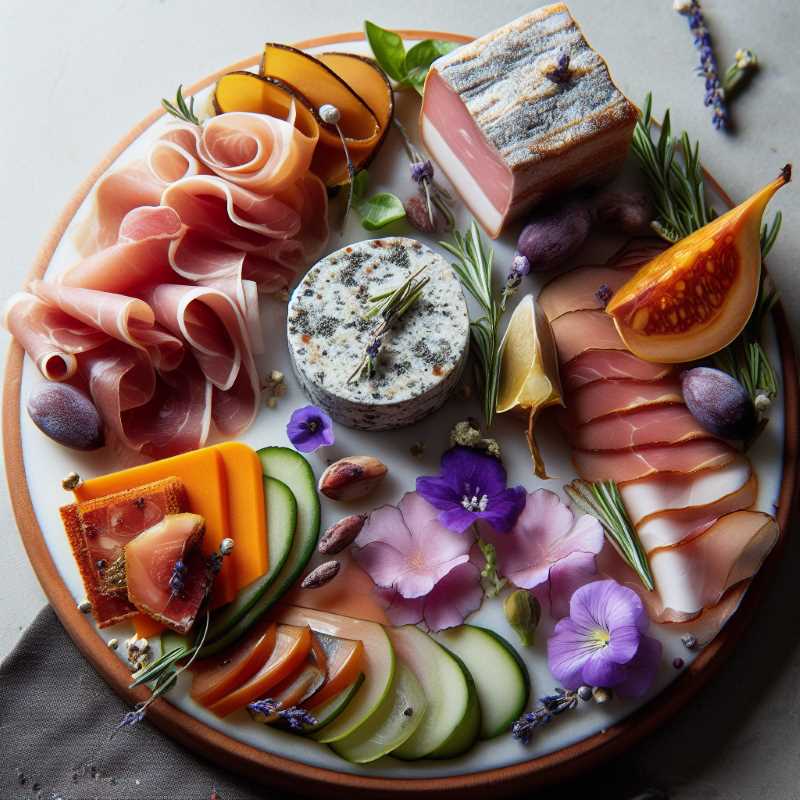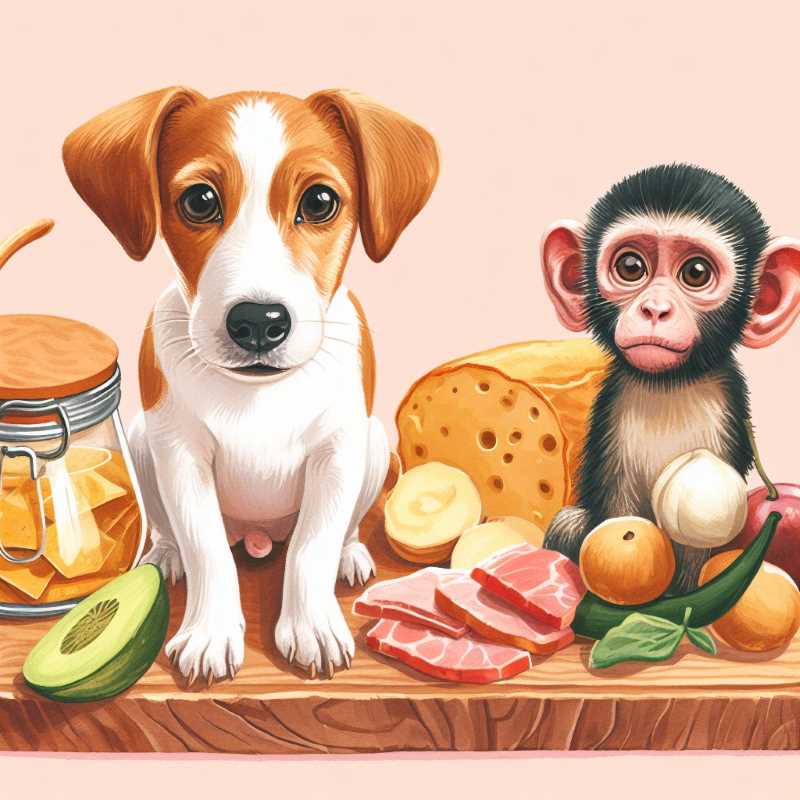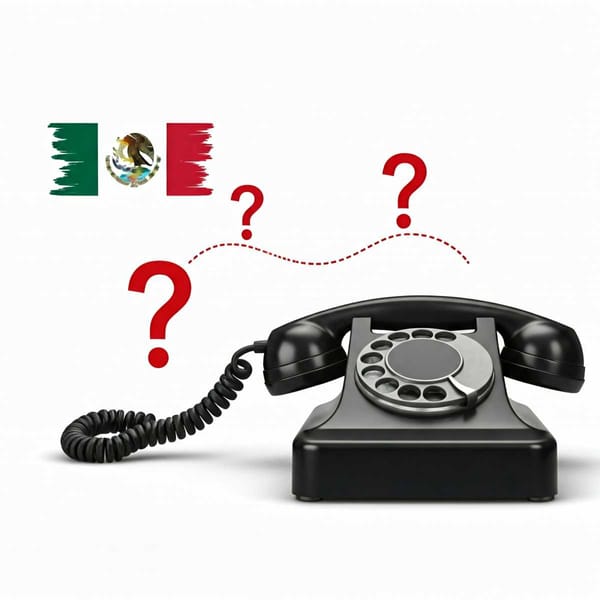A Totally Unsanitary Tour of Charcuterie's Past
Charcuterie: from Roman pork-fests to gourmet art. History, new flavors (goodbye dog!), lighter and healthier. Dive into France's meaty wonders and become a charcuterie master (skip the monkey).

Remember when charcuterie meant “what's that funky pink stuff mom cut off before she made sausages?” Turns out, those mystery bits boast a pedigree older than your Great Aunt's Tupperware collection. Brace yourselves for a history lesson with the tang of fermentation and the smokiness of ancient fire pits because we're diving into the quirky world of cured meats.
It all started with the Romans, those toga-clad masters of public sanitation (and apparently, creative pork consumption). Under a decree called “Porcella” (Latin for “little piggy went to market, and then got chopped up and preserved”), they turned pig snouts and innards into edible, if somewhat questionable, snacks. Yes, you read that right. Medieval Parisians took their cue and even threw dog and monkey into the meaty mix. Thankfully, we've since graduated from Fido fondue, but the spirit of experimentation lives on.
Fast-forward a few centuries (and countless stomach rumbles), and charcuterie takes on a haute couture vibe. Gone are the days of mystery meat; today's boards brim with delicate slices of duck breast rubbed with lavender, chorizo studded with sun-dried tomatoes, and vegetarian rillettes vibrant with roasted beets. It's like a rainbow platter of flavor explosions, and it's all thanks to modern techniques and a global pantry.
Speaking of rillettes, let's take a moment to appreciate this culinary masterpiece. Imagine the most buttery, melt-in-your-mouth pork spread, born in the cozy French region of Sarthe. This is where Louis Francois Drome, the “Carème of Charcuterie,” penned the first charcuterie bible in 1869 (safely tucked away in the National History Library because apparently, meat deserves its own literary shrine). So yeah, next time you slather rillettes on your baguette, remember, you're channeling centuries of porky perfection.
The best part? You don't need a Michelin star to master this ancient art. Head to a local charcuterie, chat with the friendly mongers (who are basically meat sommeliers, let's be honest), and build your own edible masterpiece. It's a crash course in French tradition, a symphony of deliciousness, and a guaranteed conversation starter at your next picnic. Just promise us you'll stick to the pig parts, okay?
So raise a glass (or a baguette piled high with cured delights) to the legacy of Roman gut busters, medieval meat magicians, and the Sarthe region's porky prophet. Charcuterie may have started as a way to avoid food poisoning, but now it's a culinary adventure for the adventurous, a feast for the senses, and a testament to the fact that sometimes, the best things come from, well, strange places. Just ask the Romans (but maybe skip the monkey).

P.S. For the ultimate charcuterie geek, the National History Library in Paris houses the holy grail of meaty knowledge: “Charcuterie ancienne et moderne,” the first book on the subject, penned by the “Carème of Charcuterie” himself, Louis Francois Drome. Just don't blame us if you start speaking fluent salami after a visit.




